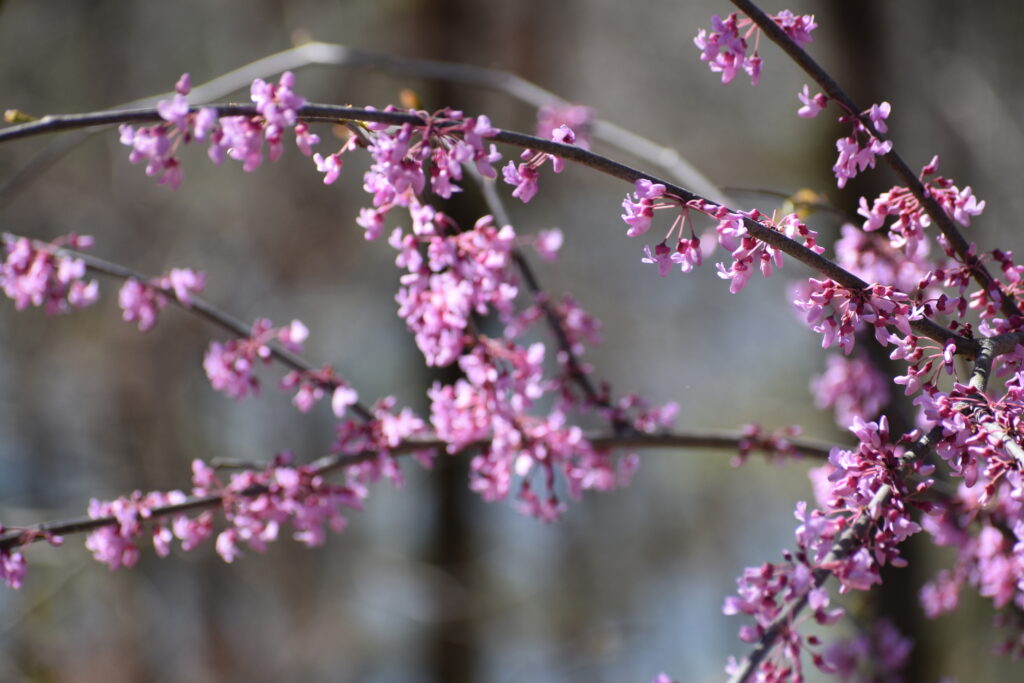Today, I had a memory pop up in Facebook and it was a perfect example of the “find out before you flip out” phenomenon. So I thought I’d share it here.
I was driving out to the house and I got behind a man who was driving an off-road utility vehicle. It’s not uncommon to see people on these out where I live. I was in no hurry so I just stayed behind him and didn’t even look for an opportunity to pass. I was enjoying looking at the colorful leaves.
Then suddenly he stuck his arm out and stuck up his finger. I thought, “What did I do to tick him off? I’m not driving too close. Maybe he wanted me to go around and I didn’t notice.” I had all this self-doubt about what I might have done while I was daydreaming and looking at the leaves.
Then I realized he was giving his left turn signal with his arm. And that was his index finger.
Wow. It hit me that I do this with other things. In the absence of communication or information, I can really wonder what I have done to cause someone to behave in a certain way. I spend energy trying to solve a problem when I HAVE DONE NOTHING WRONG. I can sometimes fill in the gaps of information with stories of what I might have done or something about their judgement of me or that they might have misunderstood my intentions or…
I’m working on not doing that.… Read the full post “Find Out Before You Flip Out 2”







